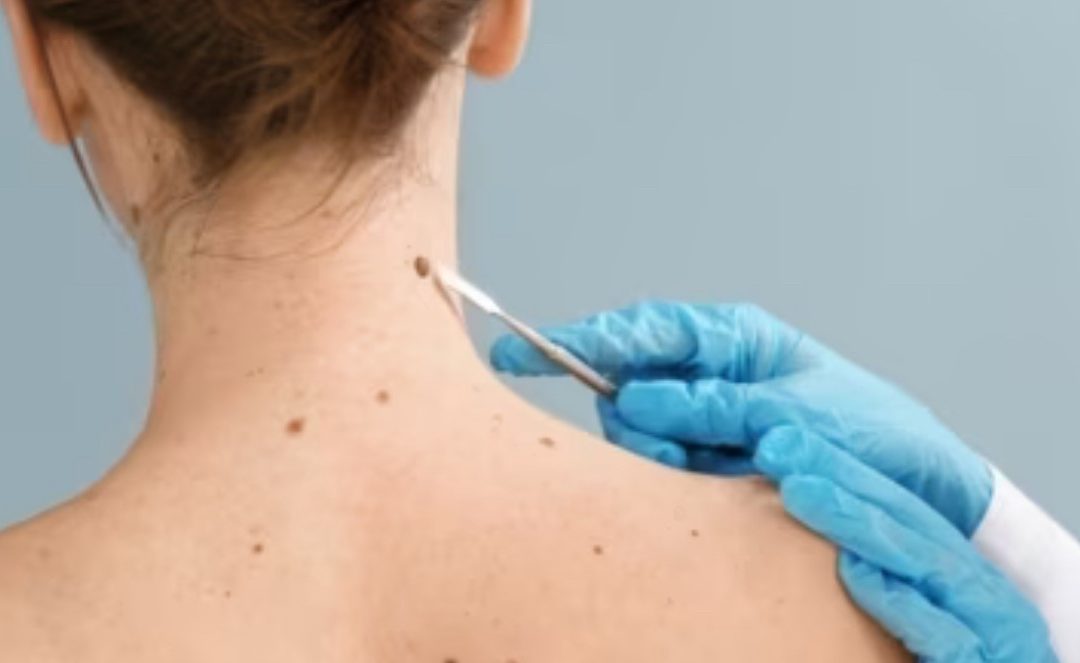Skin Cancer treatment options – what you need to know
You usually have surgery to treat skin cancer, but you might have another treatment. There are different treatment options for skin cancer. The treatment will depend on:
- The type of skin cancer
- How far it’s grown or spread
- Cancer location
- The stage of the cancer
Dr Mackenzie will discuss your treatment with you.
The main treatment for skin cancer is surgery. Most people only have surgery and don’t need further treatment. But some people might not be able to have surgery, or need another treatment after surgery.
Other treatments include:
- Radiotherapy
- Immunotherapy or chemotherapy cream
- Photodynamic therapy
- Liquid nitrogen (freezing)
You might have one or more of these treatments, depending on your situation.
Surgery
Surgery is usually the recommended treatment. This involves removing the skin cancer with a margin of normal skin around it, under a local (usually) or general anaesthetic. The skin is then closed with stitches or defect is reconstructed with a local flap or skin graft.
Mohs Surgery
It is done by a physician trained in Mohs micrographic surgery (dermatologist). While the patient waits, frozen sections of this excised layer are mapped in detail and examined under a microscope, generally in an on-site laboratory. If cancer is present in any area of the excised tissue, the procedure is repeated only on the body area where those cancer cells were identified (the tissue mapping allows the Mohs surgeon to pinpoint this area of the body), until the last excised layer viewed microscopically is cancer-free. It is used in high-risk areas of the face around eyes, lips and nose.
Curettage and cautery
It is suitable for small, well defined nodular or superficial lesions. It is usually reserved for low risk and small lesions. It is not recommended for any invasive or aggressive skin cancers, those in high-risk or difficult sites, such as the eyelids, genitalia, lips and ears, or any other sites (especially those around the face) that would be left with cosmetically undesirable results, since the procedure leaves a sizable, hypopigmented scar.
This procedure involves scraping the skin cancer away under local anaesthetic. Wound is left open to heal by itself.
Cryotherapy (freezing)
It is reserved for small and superficial skin cancers on trunk and limbs. The tumor tissue is destroyed by freezing it with liquid nitrogen, using a spray device. Later, the lesion and surrounding frozen skin may blister or become crusted and fall off, usually within weeks. The procedure may be repeated several times at the same session to help ensure destruction of all malignant cells. Redness, swelling, blistering and crusting can occur following treatment. Leaves a permanent white mark.
Topical anti-cancer ointments (immunotherapy or chemotherapy creams)
5-fluorouracil (5-FU) (chemotherapy cream) and imiquimod (immunotherapy cream) are used for treatment of actinic keratoses (actinic keratosis is a skin condition that can develop into a SCC over time) and superficial basal cell carcinomas and sometimes used off-label for superficial squamous cell carcinoma. Should not be used for invasive squamous cell carcinoma (SCC). Imiquimod stimulates the immune system to produce interferon, a chemical that attacks cancerous and precancerous cells, while 5-FU is a topical form of chemotherapy that has a direct toxic effect on cancerous cells. Treatment is normally applied for 3–6 weeks and can take up to 12 weeks to fully settle down.
Photodynamic therapy
Photodynamic therapy (PDT) uses a drug to make your skin sensitive to light. It may be used for actinic keratosis, some superficial basal and squamous cell carcinomas but is best avoided if tumour is invasive or in site at high risk of recurrence.
Radiotherapy
Radiotherapy uses high energy waves similar to x-rays to kill cancer cells. It is reserved for patients in whom surgery is not feasible, to reduce the risk of cancer coming back after surgery and as an adjuvant therapy for those with metastatic or high-risk skin cancer.
Combined treatment
For advanced SCC, a combination of treatments may be used. For SCC that has spread to other parts of the body a combination of surgery, radiotherapy, immunotherapy and/or chemotherapy may be used. That is discussed by a multidisciplinary team of specialists.

Recent Comments